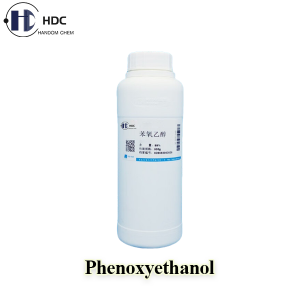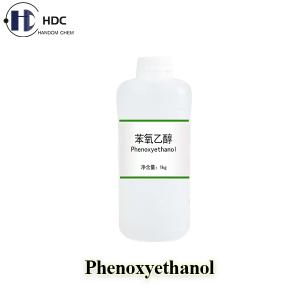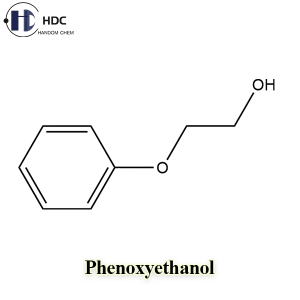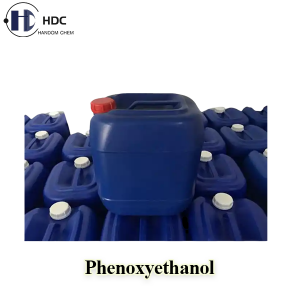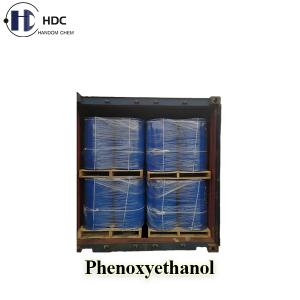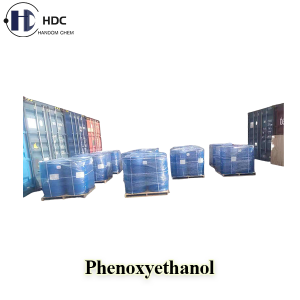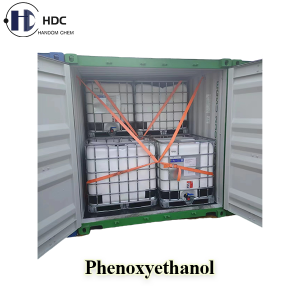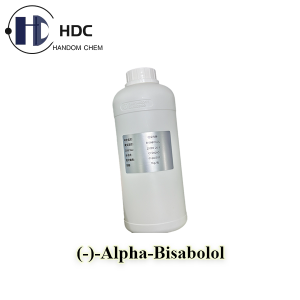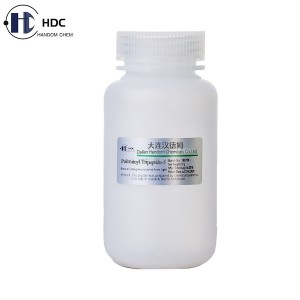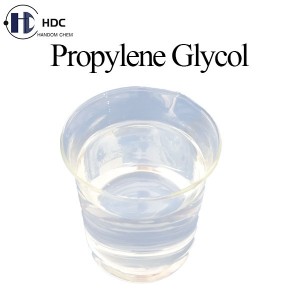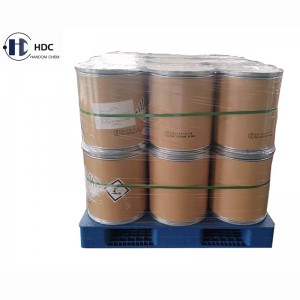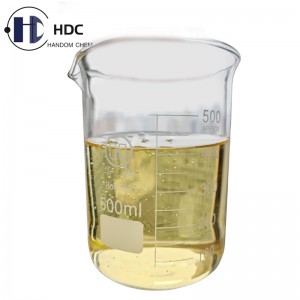Phenoxyethanol
1. Brief Introduction:
Phenoxyethanol is an organic compound, also known as 2-Phenoxyethanol, Ethylene Phenyl Ether(EPH) or Ethylene Glycol Phenyl Ether. It is a colorless, transparent, slightly viscous liquid with a slight aromatic smell.
Phenoxyethanol is widely used in many fields. In cosmetics and skin care products, it is a common preservative that can effectively inhibit the growth and reproduction of microorganisms, prevent product deterioration, and extend the shelf life of products. Due to its relatively low toxicity and low irritation, it is widely used in various skin care products, such as lotions, creams, shampoos, etc.
In the field of medicine, phenoxyethanol also has certain uses. It can be used as a local anesthetic and has a certain anesthetic effect on the skin and mucous membranes. Phenoxyethanol can also be used in certain pharmaceutical preparations to play a role in preserving and stabilizing drugs.
In industry, phenoxyethanol can be used as a solvent to dissolve some insoluble substances.
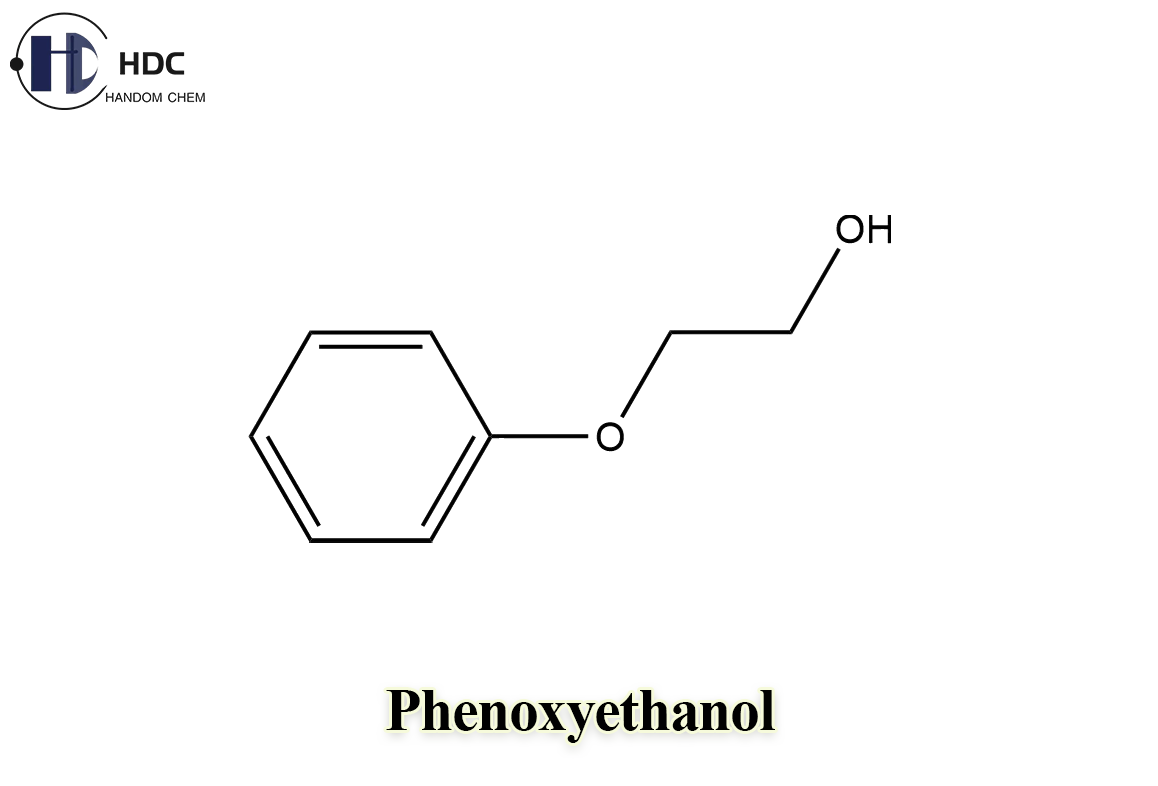
2. Chemical Structure:
1) Chemical Formula: C₈H₁₀O₂;
2) Structure: It is composed of a benzene ring connected to an ethylene glycol monoether group (i.e. phenoxy-CH₂CH₂OH) through an ether bond, and the structural formula is C₆H₅OCH₂CH₂OH.
3. Solubility:
Slightly soluble in water, easily soluble in organic solvents such as ethanol and glycerol.
4. Specifications of our 2-Phenoxyethanol (Phenoxyethanol):
| Test Items | Units | Specifications |
| Appearance | / | Transparent liquid |
| Color Number | Pt-Co | Not more than 30 |
| Content | % | Not less than 99.0 |
| The Content of Phenol | ppm | Not more than 5 |
| Water | % | Not more than 0.2 |
| pH Value | / | 5.5 ~ 7.0 |
5. Main Uses:
1) Cosmetics and Personal Care Products:
① Preservatives:
By destroying microbial cell membranes or inhibiting enzyme activity, it fights against Gram-negative bacteria (such as Escherichia coli), Gram-positive bacteria (such as Staphylococcus aureus) and some fungi, extending the shelf life of products. Commonly used in creams, lotions, shampoos, shower gels, sunscreens, etc.
② Replacement of Traditional Preservatives:
Due to its higher safety, it often replaces parabens and is used in "paraben-free" labeled products.
③ Concentration:
The usual addition amount is 0.5% ~ 1% (different countries have different regulations and must comply with local standards).
2) Medicines:
① External Preparations:
Used in ointments, eye drops, nasal sprays, etc. to prevent microbial contamination.
② Medical Disinfectants:
Used as auxiliary ingredients in some wound cleansers or instrument disinfectants.
3) Household and Industrial Cleaning Products:
① Wet Wipes and Disinfectants:
Used in baby wipes, household cleaning wipes, etc. to provide antibacterial effects.
② Detergents:
Added to some clothing or surface cleaners to enhance antiseptic properties.
4) Medical and Laboratory:
① Specimen Preservation:
Used in the laboratory to preserve biological samples and prevent corruption.
② Medical Dressings:
Used as preservatives in some gauze or band-aids.
5) Other Fields:
① Pet Care:
Pet shampoo, ear cleaning solution, etc.
② Industrial Products:
Used as preservatives or stabilizers in inks, coatings, and glues.
6. Safety and Precautions:
1) Safety:
※ Low concentrations (≤1%) are generally considered safe, but high concentrations may irritate the skin or mucous membranes.
※ Sensitive Groups: Some people may be allergic, experience redness, swelling or itching, and should be used with caution.
※ Infants & Young Children: France and some countries recommend avoiding use in child care products for children under 3 years old.
2) Regulatory Restrictions:
① EU: The maximum allowed concentration in cosmetics is 1%.
② US FDA: It is recognized as a preservative for Over-the-Counter (OTC) drugs.
③ China: The "Safety and Technical Standards for Cosmetics" stipulates a limit of 1%.
7. Synergy with Other Ingredients:
Phenoxyethanol is often combined with ethylhexylglycerin, caprylyl glycol, etc. to enhance the preservative effect and reduce irritation.
8. Packaging:
500g/Bottle, 1kg/Bottle, 25kg/Plastic Drum, 200kg/Plastic Drum or IBC(N.W.: 1000kg).
9. Storage Conditions:
Stored in a cool, dry and ventilated place; kept away from direct sunlight, high temperature and moisture.
10. Shelf Life:
12 months from the date of manufacturing when stored under the above conditions.



